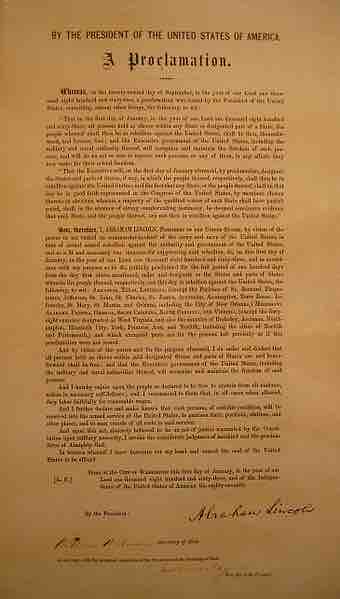Introduction
In the United States, an executive order is an order or directive issued by the head of the executive branch at some level of government. The term executive order is most commonly applied to orders issued by the President, who is the head of the executive branch of the federal government. Executive orders may also be issued at the state level by a state's governor or at the local level by the city's mayor.
U.S. Presidents have issued executive orders since 1789, usually to help officers and agencies of the executive branch manage the operations within the federal government itself. Executive orders have the full force of law, since issuances are typically made in pursuance of certain Acts of Congress. Typically, these specifically delegate to the President a degree of discretionary power, or are believed to take authority from a power granted directly to the Executive by the Constitution. However, these perceived justifications cited by Presidents when authoring Executive Orders have come under criticism for exceeding Executive authority; at various times throughout U.S. history, challenges to the legal validity or justification for an order have resulted in legal proceedings.
Basis in U.S. Constitution
Although there is no Constitutional provision or statute that explicitly permits executive orders, there is a vague grant of executive power given in Article II, Section 1, Clause 1 of the Constitution, and furthered by the declaration "take Care that the Laws be faithfully executed" made in Article II, Section 3, Clause 5. Most executive orders use these Constitutional interpretations as the authorization allowing for their issuance to be justified as part of the President's sworn duties. The intention is to help direct officers of the U.S. Executive carry out their delegated duties as well as the normal operations of the federal government: the consequence of failing to comply possibly being the removal from office.
Different Applications by President
A Presidential Determination is a document issued by the White House stating a determination resulting in an official policy or position of the executive branch of the United States government. Presidential determinations may involve any number of actions, including setting or changing foreign policy, setting drug enforcement policy, or any number of other exercises of executive power. One of the most famous presidential determinations was President Clinton's Presidential Determination 95-45, which exempted the U.S. Air Force's facility in the vicinity of Groom Lake, Nevada (commonly called Area 51) from environmental disclosure laws, in response to subpoenas from a lawsuit brought by Area 51 workers alleging illegal hazardous waste disposal which resulted in injury and death. Subsequent to this determination, the lawsuit was dismissed due to lack of evidence.
Similarly, presidential memoranda do not have an established process for issuance or publication. Presidential memoranda are generally considered less prestigious than executive orders. There are three types of memorandum: presidential determination or presidential finding, memorandum of disapproval, and hortatory memorandum.
Finally, a presidential proclamation "states a condition, declares a law and requires obedience, recognizes an event or triggers the implementation of a law (by recognizing that the circumstances in law have been realized). " Presidents define situations or conditions on situations that become legal or an economic truth . These orders carry the same force of law as executive orders—the difference between the two is that executive orders are aimed at those inside government while proclamations are aimed at those outside government. The administrative weight of these proclamations is upheld because they are often specifically authorized by congressional statute, making them "delegated unilateral powers." Presidential proclamations are often dismissed as a practical presidential tool for policymaking because of the perception of proclamations as largely ceremonial or symbolic in nature. However, the legal weight of presidential proclamations suggests their importance to presidential governance.

Emancipation Proclamation
Leland-Boker Authorized Edition of the Emancipation Proclamation, printed in June 1864 with a presidential signature